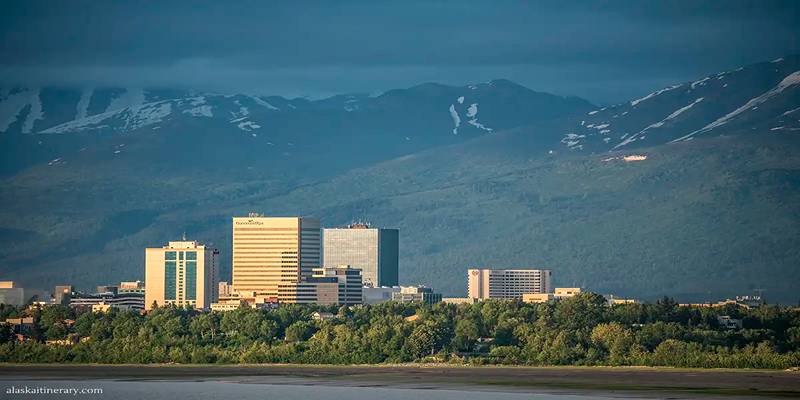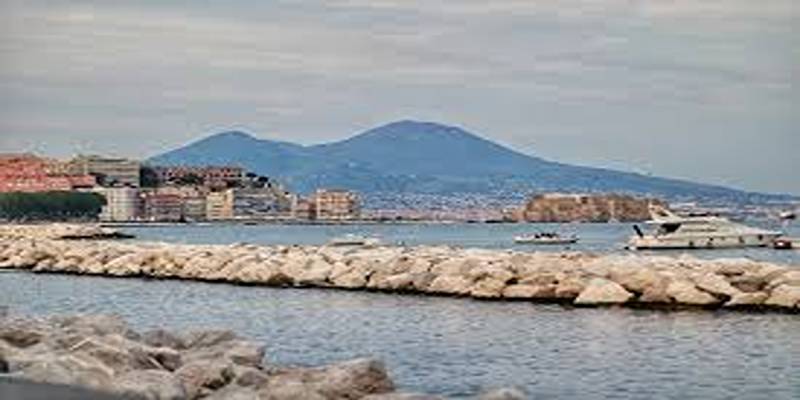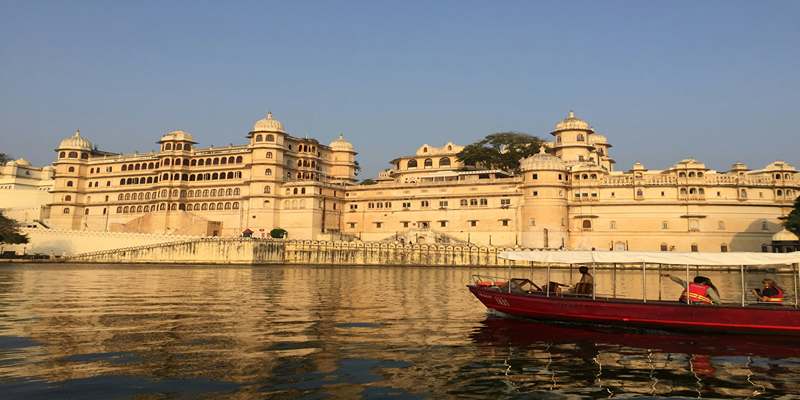It’s easy to think of Portugal and picture beaches, pastries, and old city streets. But outside the towns and along the hills, Portugal’s nature quietly stretches out. From highland trails to coastal wetlands, there’s a lot of quiet beauty tucked into this small country. You don’t need to be a pro hiker or a serious camper to enjoy these places—just someone who likes fresh air, long views, and time that moves a little slower.
Here’s a list of ten parks and nature reserves where Portugal’s wild side still breathes freely.
1. Peneda-Gerês National Park
Way up in the north, Peneda-Gerês feels far from the busy roads. It’s Portugal’s only official national park, and it covers a wide area with waterfalls, old villages, and wide, stony hills. Wild horses sometimes appear on the paths, and if you’re quiet, you might spot a deer or a golden eagle overhead. Small villages like Soajo are good places to stop, eat slowly, and walk through stone houses where time barely moves.
2. Ria Formosa Natural Park
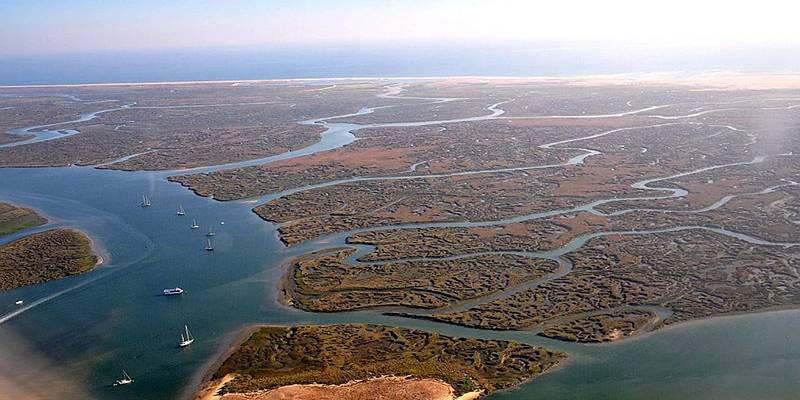
Down south in the Algarve, this park is nothing like the mountain trails. Ria Formosa is made up of barrier islands, marshes, and shallow lagoons. It’s peaceful here, and many birds use the area to rest during migration. Locals fish in the calm waters, and old traditions like clam farming are still part of daily life. The air smells of salt and seaweed, and the land shifts with the tides.
3. Serra Da Estrela Natural Park
This is the highest part of mainland Portugal. Serra da Estrela means “mountain of stars,” and on clear nights, it lives up to the name. Winters bring snow, and people ski here. In warmer months, hikers follow trails through pine trees and rocky peaks. The area is also home to a cheese known across the country. If you visit, it’s hard to skip a taste of that creamy, rich flavor.
4. Sudoeste Alentejano E Costa Vicentina
This coastal strip runs along the Atlantic, offering raw views where land meets sea. Waves crash below cliffs, and the wind carries the smell of salt far inland. It’s a place of open skies and simple pleasures. Villages along the coast, like Odeceixe, keep things quiet. The hiking trails of the Fishermen’s Route cut through it, giving a close look at the sea’s edge, dry fields, and cliffside paths.
5. Montesinho Natural Park
Tucked into the northeast, close to Spain, Montesinho is quiet even by countryside standards. It’s where stone villages sit low against the hills, and trails lead past rivers, through forest, and into lands where wolves still roam. People who come here often do so for silence. The mix of oak woods, wild herbs, and farmed fields is simple, but it feels full.
6. Arrábida Natural Park
Just an hour from Lisbon, Arrábida feels like an escape. Its hills are covered in green, dipping toward beaches that don’t always show up on travel posters. White limestone cliffs drop to clear blue water. Monasteries, some abandoned, sit in quiet corners. You don’t need to hike far for a view here. Even a slow drive through the park gives you glimpses of sea and stone in balance.
7. Douro International Natural Park
Not to be confused with the Douro Valley’s wine trails, this park runs along the border with Spain. Deep river canyons cut through rock, forming a peaceful setting that surprises many. Boats glide slowly through the water, offering views of cliffs that rise sharply on either side. The area also holds traces of older times—rock carvings, village traditions, and stories that move with the wind.
8. Tejo Internacional Natural Park
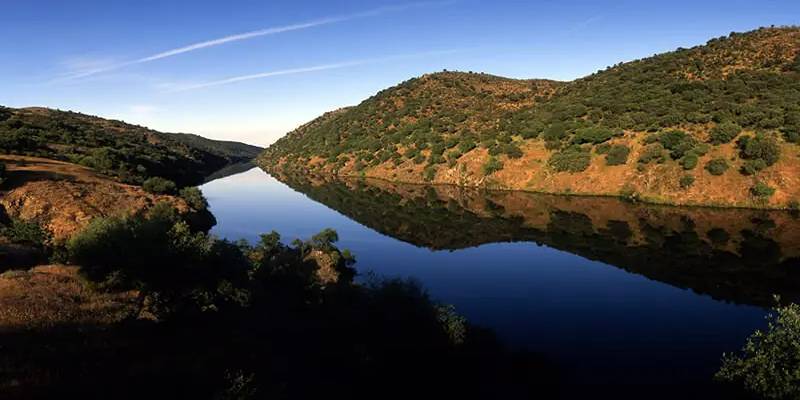
Following the Tejo River near the Spanish border, this lesser-known reserve has a beauty that doesn’t try too hard. The land is dry and open, broken by scrub, oak, and wild flowers when spring arrives. Birds love it here. You might hear the call of a stork or see vultures circling high above. The trails are gentle, and the sky feels big. Many people miss this park, but those who visit rarely regret it.
9. Lagoas De Bertiandos E São Pedro De Arcos
Smaller than others, this protected area in northern Portugal still manages to leave an impression. It’s full of water—lakes, ponds, and slow-flowing streams. Boardwalks lead over wet ground, giving visitors a close look at dragonflies, frogs, and flowers that thrive in this quiet wetland. It’s a soft place, calm and a little hidden. Families and solo walkers both find it easy to enjoy.
10. Paul Do Boquilobo Biosphere Reserve
Recognized by UNESCO, this reserve sits between rivers near Golegã. It’s a haven for birds, especially during nesting season. White egrets stand tall in the shallow waters, and the reed beds sway in the light breeze. It’s not dramatic, but that’s the charm. There’s a stillness to it, and the early mornings often feel like they belong to another rhythm of life.
Conclusion
What’s nice about Portugal’s parks is how they speak gently. They’re not loud with their beauty. You won’t always find dramatic peaks or roaring waterfalls. What you’ll find instead is space—space to walk, to breathe, to sit for a while and hear nothing but the wind or a distant cowbell.
You don’t need a packed bag or hiking boots to appreciate these places. Sometimes, it’s enough to stop beside the path, look out across the land, and feel small in the best kind of way.
Whether it’s high in the mountains or low by the sea, Portugal’s nature invites you to go slow. And if you listen closely, you’ll find it still has stories to share.




